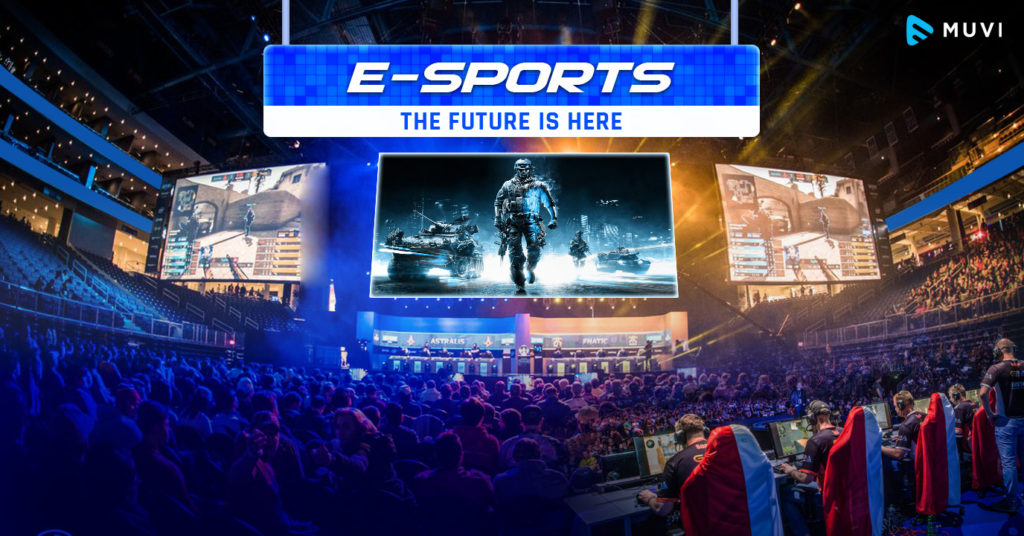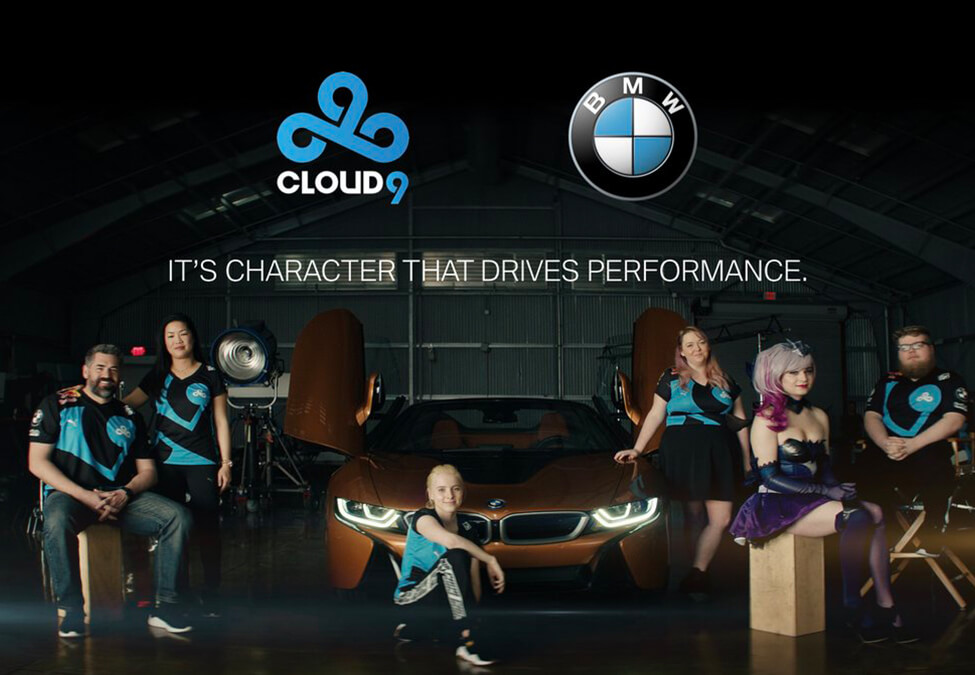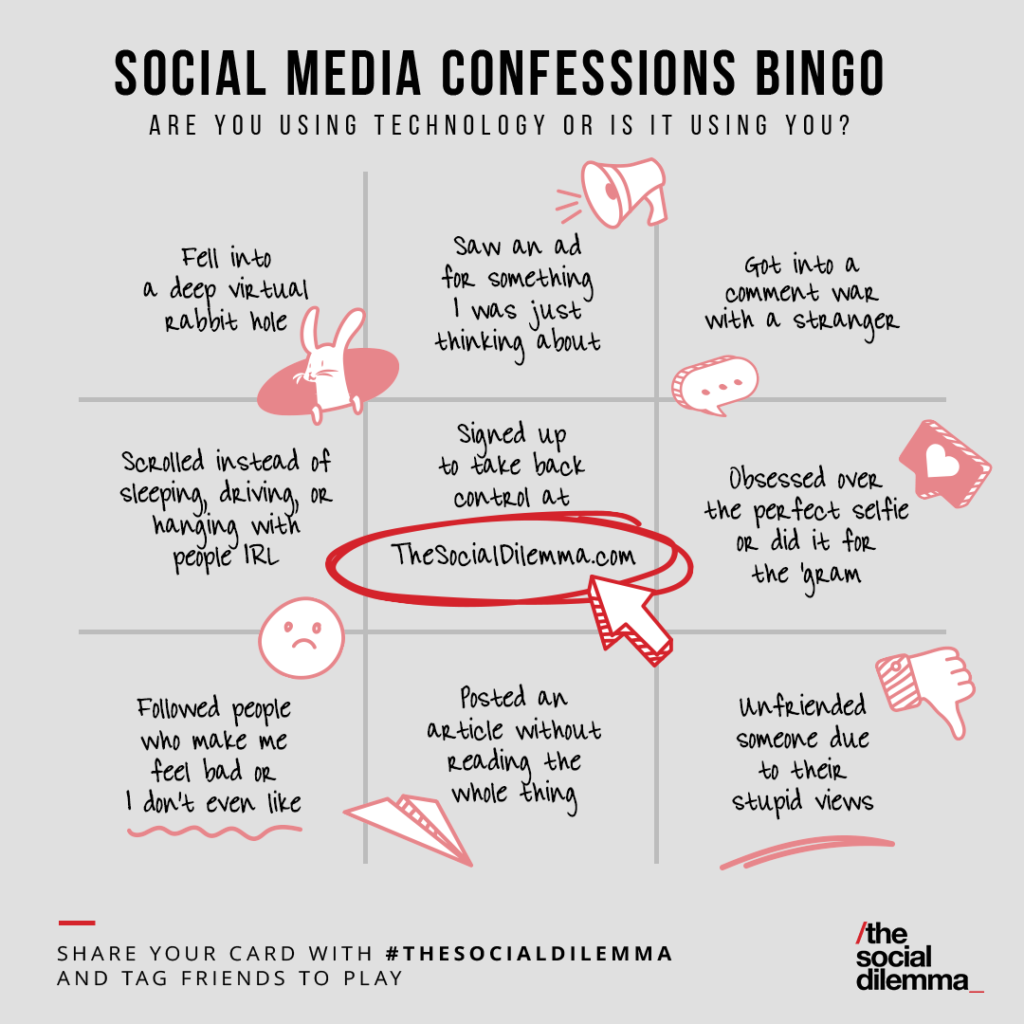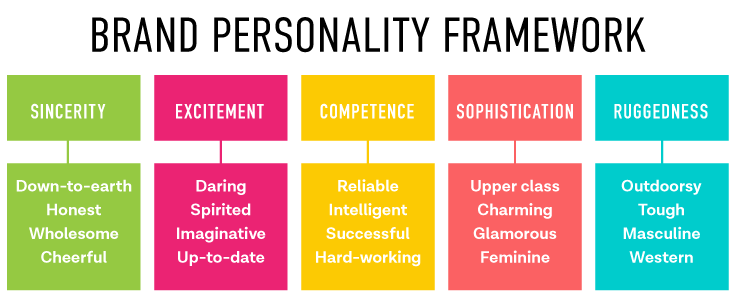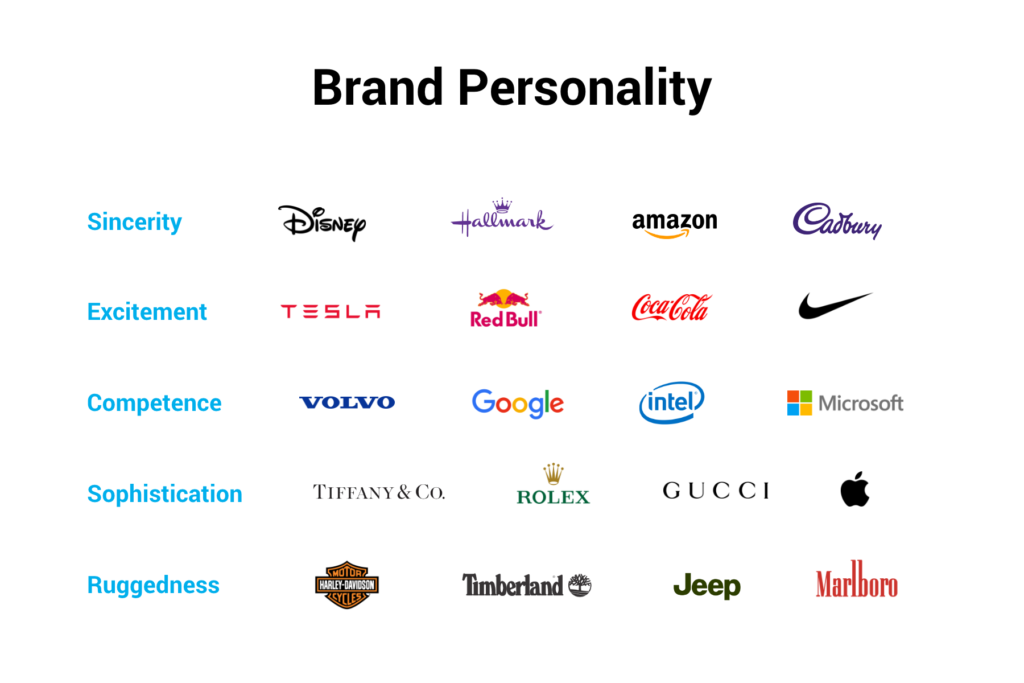Speaking of social media influencers, who are in your mind? Are they the highest-paid YouTube stars, Instagram KOLs, or popular creators on Tik Tok? And have you ever purchased products online because of their recommendations?
According to a report on eMarkter, 65% of Gen Z internet users in the US have increased their digital spending since the Covid-19 (“eMarketer”, 2020). Furthermore, another report, written by Blake Droesch, states that the top two factors affecting their purchase behaviors are friends and influencers/bloggers on social media platforms (Droesch, 2019). Therefore, influencer marketing becomes a crucial business strategy to reach the younger generation. They tend to follow trending styles and are more likely to purchase the item if their favorite KOL has recommended it on the channel. Besides facilitating sales, influencers can help populate the brand, establish trustworthiness, and build connections with consumers. Thus, they play an essential role in social commerce. Since many companies are involving the strategy, the question is, who are the right influencers should the brand collaborate with?
Nano-influencer becomes a trend. Compared to the popular, well-established mega influencers with over millions of followers, nano-influencers have many advantages that can benefit the brand and should not be sneezed at. According to Mediakix, an influencer marketing agency, nano-influencers are in the tier of 1,000-10,000 followers (“Mediakix,” n.d.). It sounds like they can reach only a certain number of people; however, they can profoundly impact the brand.
First, their followers have a higher engagement rate (Komok, 2020; Ismail, 2018). Based on the report on Hype Auditor, users with 1k-5k followers have a 5.6% engagement rate, while influencers with more than 1M have only 1.97% (“HypeAuditor”, 2019). That is, nano influencers can engage with higher followers. When the brand partners with these people, such as having them to be ambassadors, the positive message for the product gains greater visibility that makes more attention from followers. They have a better relationship with online users, and users are willing to comment or interact with the content they advocate (Leyes, 2020). Furthermore, influencers will also utilize features, such as “poll questions” and “Ask me anything” on Instagram, to engage the new product with consumers. The higher replies rate can reflect their interest in the product.
Take my friend, Choi, for example. She has 1.5k followers on her life-style Instagram account. She says certain fans are very engaging that they replied to every image and the story she posts. They are truly interested in her opinion, and they will have conversations about various topics, including her sponsored products.
Why do these influencers have a higher engagement rate? One of the main reasons is that they are reachable and approachable. Nano-influencers are often closed with fans that build strong connections with audiences (Komok, 2020; Leyes, 2020). Like my friend Choi, when her fans messaged her, she was willing to reply to them and always be genuine. Soon, she developed a closer relationship, and it brings out trustworthy, credibility, and word of the mouth that matters to fans (Leyes, 2020). As a result, when she advocates a product by sharing her personal experience, it is more persuasive to her loyal followers.
Furthermore, unlike mega-influencers whose images are always well-polish and flawless, an approachable influencer who is like a friend next door (Komok, 2020). It makes followers feel that “If they can make it, I can make it too!” If the brand can bring out that message, it resonates with consumers more, which helps to sell a product. Further, take myself as an example. When I purchase newly released cosmetics, I often go to YouTube and watch nano influencers who have fewer subscribers to see how the actual makeup product is presented. I believe these people are closer to my reality, so their thoughts on the product are more authentic and useful to me. As a result, a single nano-influencer with limited fans may not reach out widely, but they can be focused on a specific group (e.g. people who are interested in beauty, sports, cooking, ect.) and affect their perspectives.
Nano-influencers are flexible in budgeting and easier to work with (“Mediakix,” n.d.). To elaborate, well-established mega influencers usually have their own branding, and it is not easy for a marketer to find someone perfectly aligned with their product style/image. On the other hand, smaller influencers may be more relevant to your brand (Komok, 2020), since they have their unique niche audience. Also, nanos might still be developing their brand, and will be more likely to adjust their position to fit the business product. Further, they are cost-effective (Komok, 2020; Leyes, 2020), and marketers can lower the campaign budget by collaborating with them, since nanos may charge less than mega influencers. Yet, the partnership may bring them fame, so it achieves a win-win situation for the business.
Collaborating with nano influencers is an emerging marketing strategy. However, some problems need to be overcome. For example, it may be time-consuming for marketers to find many appropriate nanos rather than partner with a single mega KOL. Also, nano-influences may have higher uncertainty on their posting, since they are not full-time and may not have an agency to manage the job. However, uncertainty can convert to new opportunities. Nano-influencers are a group of people that can make a significant impaction on business. Marketers should seize the chance to create the strategies and affect social media users’ purchasing behaviors.
References:
eMarketer. (2020). US Internet Users Who Have Increased vs. Decreased Their Digital Spending Since the Coronavirus Pandemic. Retrieved from https://www.emarketer.com/chart/237928/us-internet-users-who-have-increased-vs-decreased-their-digital-spending-since-coronavirus-pandemic-by-generation-may-2020-of-respondents-each-group
Droesch, B. (2019). Influencers Could Help Drive Social Commerce. Retrieved from https://www.emarketer.com/content/influencers-could-help-drive-social-commerce
Ismail, K. (2018). Social Media Influencers: Mega, Macro, Micro or Nano. Retrieved from https://www.cmswire.com/digital-marketing/social-media-influencers-mega-macro-micro-or-nano/
HypeAuditor. (2019). The State of Influencer Marketing 2019. Retrieved from https://hypeauditor.com/s/auditor/resources/The-State-of-Influencer-Marketing-2019.pdf
Mediakix. (n.d.). What Are Nano-Influencers? Retrieved from https://mediakix.com/blog/what-are-nano-influencers/
Komok, A. (2020). What Are “Nano-Influencers” and Why You Should Care. Retrieved from: https://mention.com/en/blog/nano-influencers/
Leyes, K. (2020). How To Leverage Nano-Influencers To Grow Your Brand. Retrieved from https://www.forbes.com/sites/forbesbusinesscouncil/2020/04/13/how-to-leverage-nano-influencers-to-grow-your-brand/#99628f47cbe0









